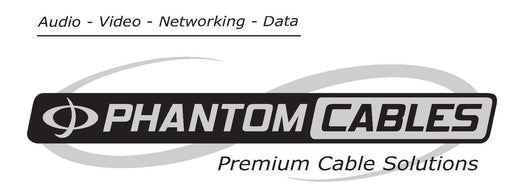Batteries
Sealed Lead Acid Batteries (SLA Batteries)
The basic lead acid battery has been in use for over 100 years. Today's batteries have an average life of 12 to 36 months, although some may last up to 48 months depending on environmental conditions and usage.
SLA Batteries - Replacement UPS Batteries
UPS systems (Uninterruptable Power Supplies) use SLA batteries as power back-up in the event of a power failure. A variety of sizes are used, most commonly ranging from 6 volts to 12 volts, and 2 amps to 75 amps. Listed below are some common configurations:
6 volt, 5 amp (6V 5A)
6 volt, 12 amp (6V 12A)
12 volt, 5 amp (12V 5A)
12 volt, 7 amp (12V 7A)
12 volt, 12 amp (12V 12A)
12 volt, 18 amp (12V 18A)
12 volt, 26 amp (12V 26A)
12 volt, 33 amp (12V 33A)
Please see our battery page for a complete listing as well as dimension
APC UPS are among the most common found on the market. Their lines consist of AP Series Ups, Back-Ups and Smart-Ups to name a few. APC refers to their battery packs by RBC numbers. Many of the RBC numbers contain a single battery, while others consist of numerous batteries daisy-chained either in parallel or in series. For example, the RBC2 consists of a single 12V 7amp battery and the RBC7 consists of two 12V 18amp batteries. We do not supply new cable harnesses with our batteries. The existing hardware should be reused.
How a Sealed Lead Acid Battery Works
A lead acid battery is primarily made up of lead plates, sulfuric acid and water. The sulfuric acid and water solution (electrolyte) causes a chemical reaction with the lead plates to produce electrons. As the battery is used, the release of electrons causes the sulfur to rest within the lead plates. When the battery is recharged, sulfur is released from the plates and power is restored to the battery.

SLA batteries are maintenance free over the duration of their life and do not need to have water added or the gravity of the electrolyte checked. SLA batteries are constructed in a manner which ensures no electrolyte spillage, therefore making them safe for transfer and operation. In the instance that gas pressure builds up in the SLA battery, vents located on the top of the battery release the gas and automatically reseal once the pressure returns to normal levels.
SLA Battery Usage
Sealed Lead Acid batteries have many uses and can be found in a variety of products and industries. Here is an example of some common usages:
Uninterruptable Power Supplies (UPS Systems)
Emergency Lighting
Home Security Alarm Systems
Septic Tank Systems
Medical & Instrumentation Products
Telecommunication Systems
Children's Battery Powered Riding Cars
Motorized Scooters
Battery Failure
Eventually, batteries need to be replaced because they can no longer hold a charge. One reason for battery failure is because over time sulfur builds up and coats the battery's lead plates. This is called "sulfation build-up". Another reason for battery failure is caused by corroded lead plates. The corrosion of the plates does not allow the chemical reaction to take place, therefore no electrons are discharged.
Battery Recycling
Infinite Cables is happy to recycle your old SLA batteries with the purchase of new UPS batteries. Please feel free to drop off or ship us your old batteries. If you are shipping them back to us, you must reference the order number of the new batteries purchased. Please mark the "Sale Order Number" as well as "For RECYCLING" on the outside of the box otherwise the package will not be accepted. Infinite Cables is not responsible for any freight charges associated with shipping your old UPS SLA batteries back to us. Any packages arriving with COD charges will be refused at the door. The batteries must be shipped back to the following address:
Infinite Cables Inc.
ATTN: Battery Recycling
3993 14th Avenue
Markham, ON. Canada
L3R 4Z6







